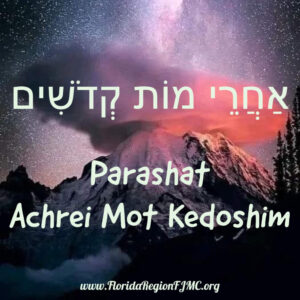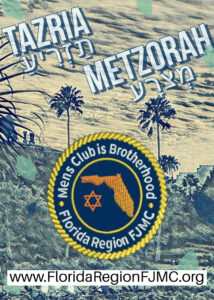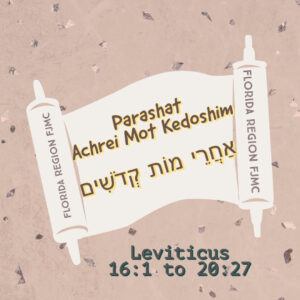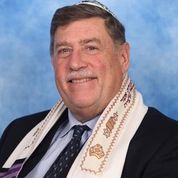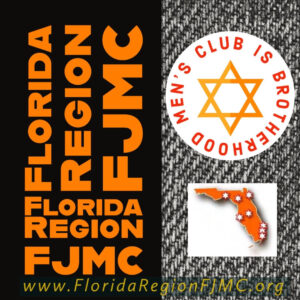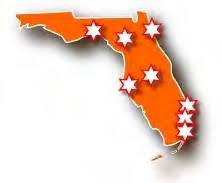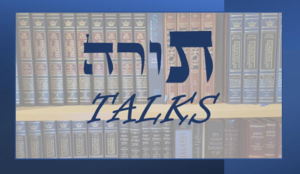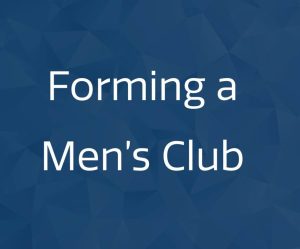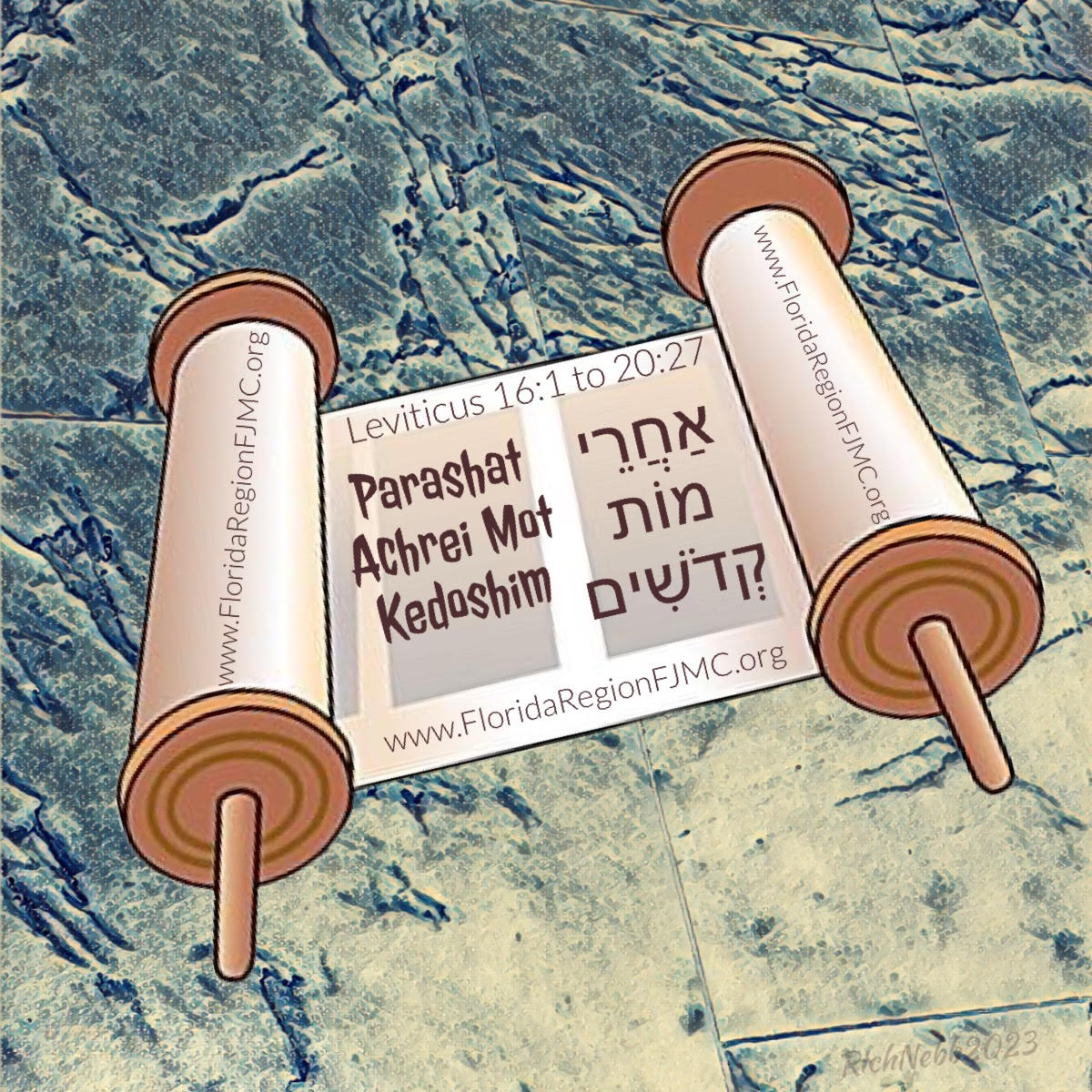
When you Choose Shabbat, you choose to learn that every Shabbat is different and special. This week I learned about Parashat Achrei Mot Kedoshim (אַחֲרֵי מוֹת קְדֹשִׁים), the 29th and 30th weekly Torah portions in the annual cycle of Torah readings.
I also learned that the lunisolar Hebrew calendar contains up to 55 weeks, the exact number varying between 50 in common years and 54 or 55 in leap years. According to Wikipedia, in leap years (for example, 2024 and 2027), parashah Achrei Mot read separately on the 29th Shabbat after Simchat Torah. In common years (for example, 2023, 2025, 2026 and 2028), parashah Achrei Mot is combined with the next parashah, Kedoshim, to help achieve the number of weekly readings needed.
According to Wikipedia, Achrei Mot (אַחֲרֵי מוֹת ), Leviticus 16:1 through 18:30, contains 4,294 Hebrew letters, 1,170 words, 80 verses and makes up 154 lines of the Torah scroll and deals with the laws of Yom Kippor and centralized offerings, blood and sexual practices. In contrast, Kedoshim (קְדֹשִׁים), Leviticus 19:1 through 20;27, contains 3,229 Hebrew letters, 868 words, 64 verses and 109 lines of Torah. Kedoshim deals with the laws of holiness and ethical behavior, repeats the ten commandments and describes penalties for sexual transgression
Rabbi Michael D Klein of Temple Torat Emet offers his insights on this week’s double Torah reading, Achrei Mot and Kedoshim:
“We are currently in the month of Iyar. The spelling of the month Aleph, Yod, Raysh is actually an abbreviation for the Hebrew words Ani Hashem Rofecha- I , G-d, am the one who heals you.
These Torah portions are actually known Rabbinically as the Holiness Code. Contained within are the instructions for the Kohain Gadol to bring about atonement for Klal Yisroel and descriptions of the articles of clothing worn by the Kohanim during this process. Also contained in these portions are the laws of family purity and prohibited relations. The Torah focuses very strongly on the idea that healing is not just a physical process but also involves aligning our mind, body, and spirit in the proper mode to achieve health and well being.
Holiness involves more than prayer. It includes what we say to and about others. It includes how we treat our loved ones and extends even to how we care for all of G-d’s creations and respecting the earth (5000 years before earth day!). It also includes what we eat and how we maintain our intimate relations.
To be a Jew, we must accept the Torah as a complete picture not just individual pixels. The Torah exemplifies the cleanliness and importance of what we wear from the example of the Kohanim’s attention to the preparations for sacrifice, especially on special days such as Yom Kippur. If we want to be healed we must also strive to achieve these goals physically, morally, ethically, mentally, and spiritually. Our thought and emotions must be aligned toward following G-d’s plan and then we can feel G-d’s voice speaking to us in our lives on a daily basis.
Questions for Discussion.
- Why did the Kohain double grind the Ketores spices in preparation for Yom Kippur?
- What is the significance of the goats offered as a sacrifice on Yom Kippur on behalf of all Israel?
- What is the numerical significance of the word “Bzot” in these Sidrot?
- Why does the command not to curse the deaf also apply to those who are no longer alive?“
Rabbi Michael D. Klein attended Yeshiva College of South Florida and served as Torah Reader, Hebrew teacher, Chazzan and spiritual leader of various synagogues throughout South Florida. In January 2015 he became Ritual Director, Bnai/Bnot Mitzvah instructor and 7th grade Hebrew instructor for Temple Torat Emet of Boynton Beach. In October 2019 he was accepted into an accelerated track and received his shicha from Yeshiva Adath Wolkowisk and has been the Rabbinic leadership of Temple Torat Emet since August 2020. In September of 2022 he was appointed Rabbinic and Spiritual Advisor of the Florida Region of FJMC.
Choose Shabbat; choose to celebrate, to light candles, sing songs and learn a little Torah.
This moment of Jewish Learning is brought to you by the Florida Region of the Federation of Jewish Men’s Clubs (FJMC). We are part of a confederation of over 200 Jewish Men’s Clubs and Brotherhoods representing over 20,000 members across the United States, Canada, Latin America, and beyond. Learn more about how your Jewish Men’s Club or Brotherhood can affiliate with the FJMC at: https://www.fjmc.org/content/affiliating-fjmc.
The Florida Region of FJMC serves the needs of affiliated Men’s Clubs and Brotherhoods throughout the State of Florida. Get to know more about the FJMC Florida Region and our growing network of Jewish Men’s Clubs and Brotherhoods at www.floridaregionfjmc.org and please visit and LIKE our Florida Region FJMC Facebook Group at www.facebook.com/FloridaRegionFJMC.
